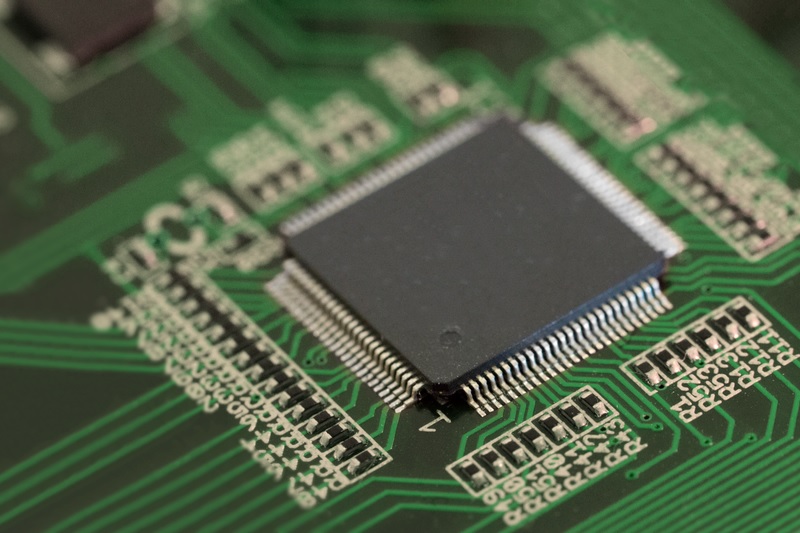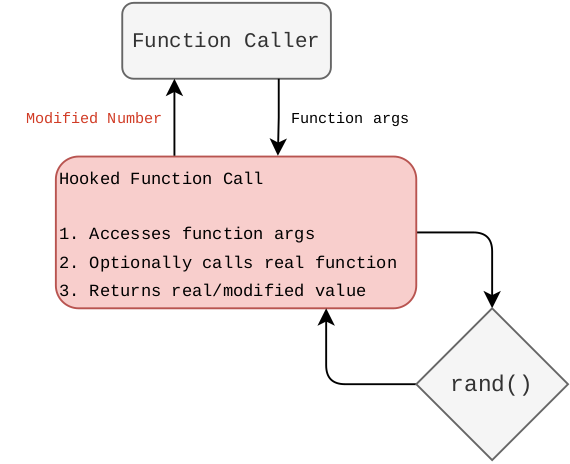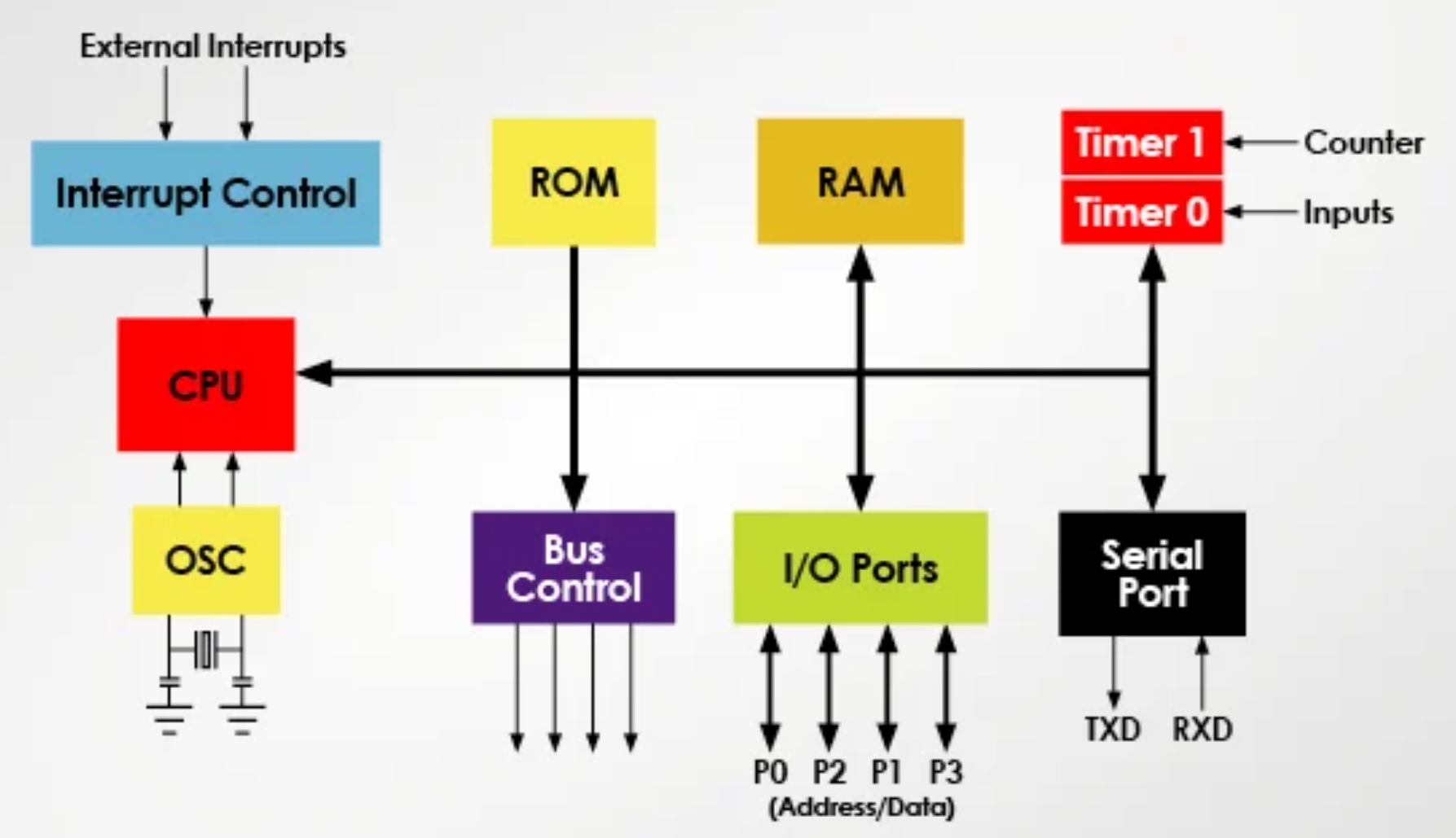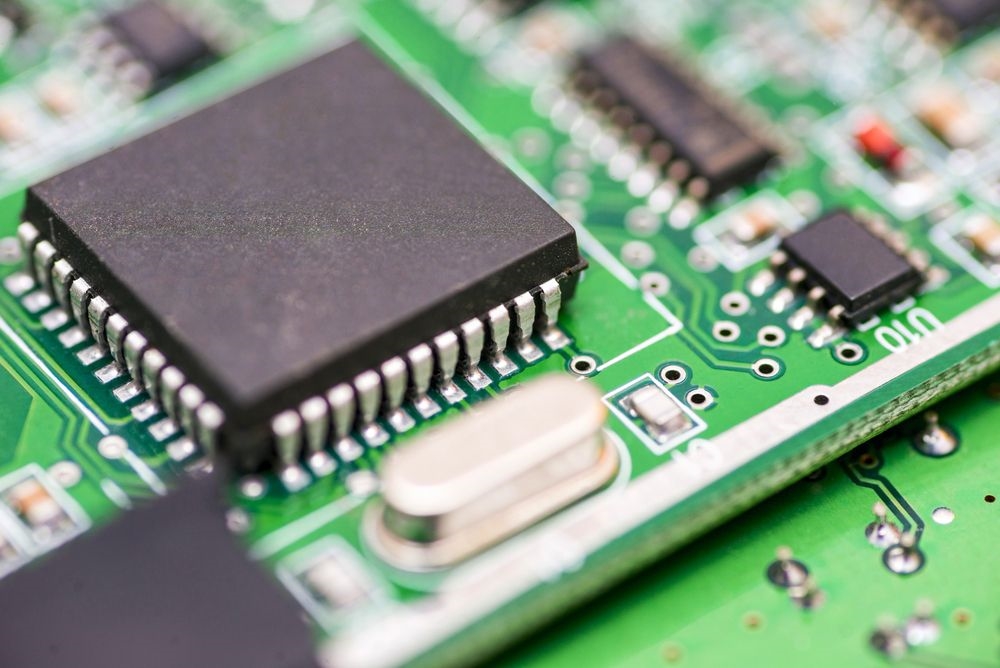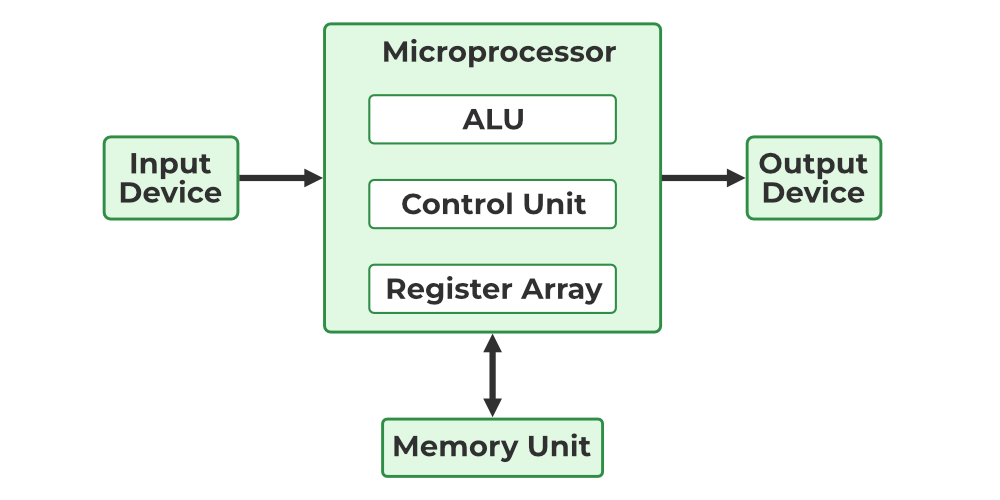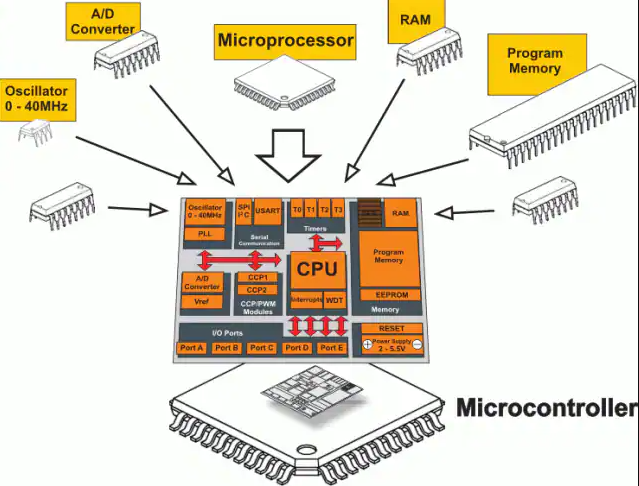Definition
An embedded microprocessor is a microprocessor used to control and operate a specific embedded system. An embedded system is a computing system that integrates specific functions and tasks and is typically embedded within another device to perform dedicated functions or control hardware.
Background
Embedded microprocessors emerged in the late 1970s and early 1980s. By integrating a processor core, memory, I/O controller, and other necessary peripheral interfaces on a single chip, these microprocessors enabled complex circuitry to be consolidated into one device. This high level of integration simplified embedded system design while saving space and reducing power consumption.
Key Differences from Desktop Microprocessors
- Size and power: Embedded microprocessors are typically much smaller and designed to operate in low-power modes, whereas desktop microprocessors are larger and consume more power.
- Compute strategy: Desktop processors often increase performance by adding cores and raising clock speeds. Embedded microprocessors prioritize a balance of performance and power efficiency, using architecture and instruction-set optimizations tailored to specific applications.
- Specialized features and interfaces: Embedded microprocessors often integrate hardware interfaces and functional units such as analog-to-digital converters (ADC), communication interfaces (UART, SPI, I2C), timers, and PWM controllers to meet embedded system requirements.
- Reliability and real-time behavior: Embedded processors must ensure high reliability and deterministic real-time response for control and communication tasks. Systems often employ real-time operating systems and techniques such as interrupt handling, timers, and counters.
- Development tools and software support: Vendors provide device-specific toolchains and software support, including compilers, debuggers, emulators, and development boards, to facilitate integrated hardware and software development.
Applications
Embedded microprocessors are used across many application areas, including consumer electronics (smartphones, tablets, smart home devices), industrial control systems, automotive electronics, and medical equipment. Requirements vary widely between applications, and the microprocessor must meet the specific constraints of each use case.
Summary
In short, an embedded microprocessor is a microprocessor designed to control and operate specific embedded systems. Compared with desktop microprocessors, embedded processors are characterized by smaller size, lower power consumption, integrated interfaces and specialized functions, stronger reliability and real-time capabilities, and dedicated development tool support. These attributes make them suitable as the core components of embedded systems across many fields.
 ALLPCB
ALLPCB


